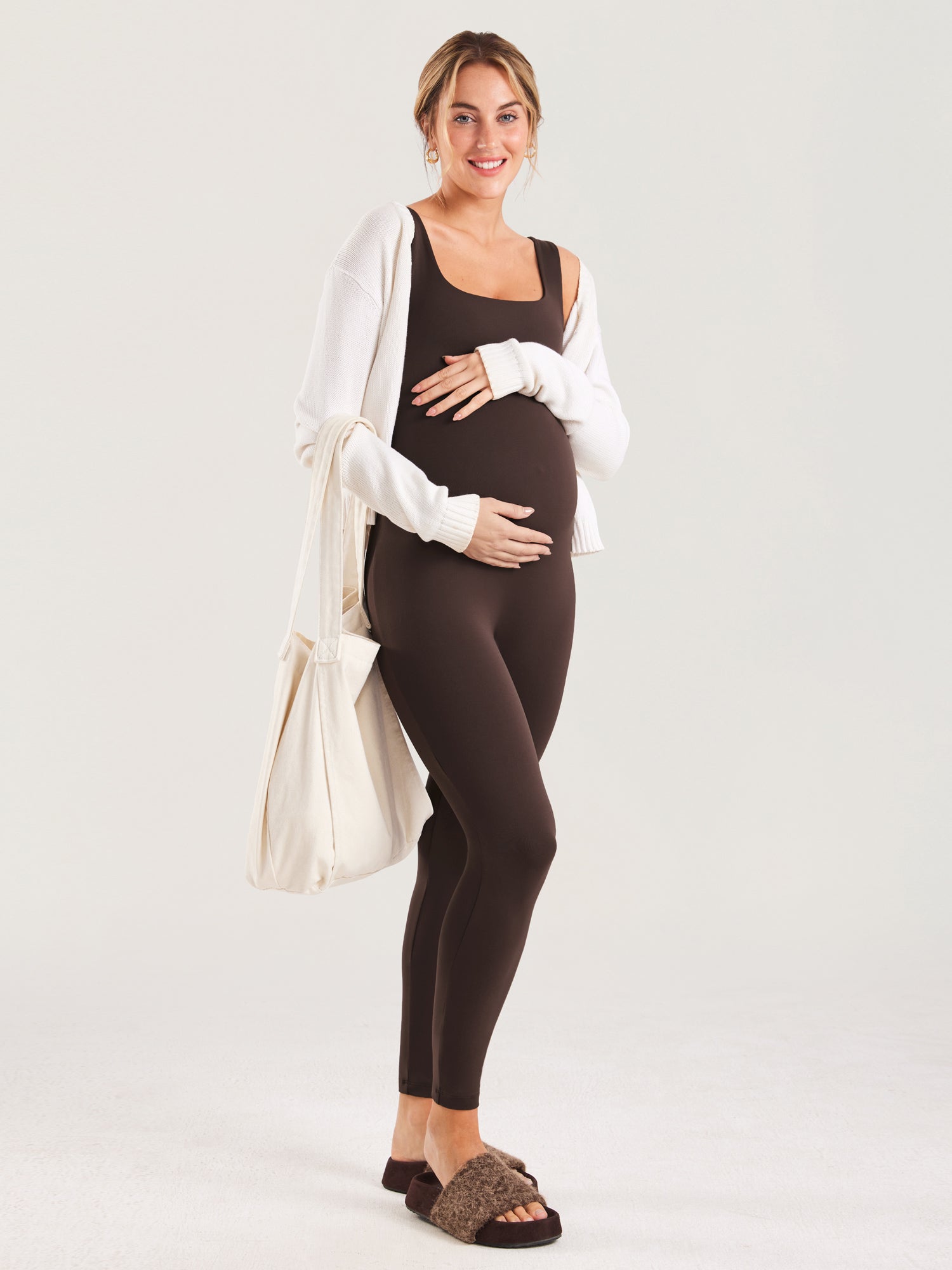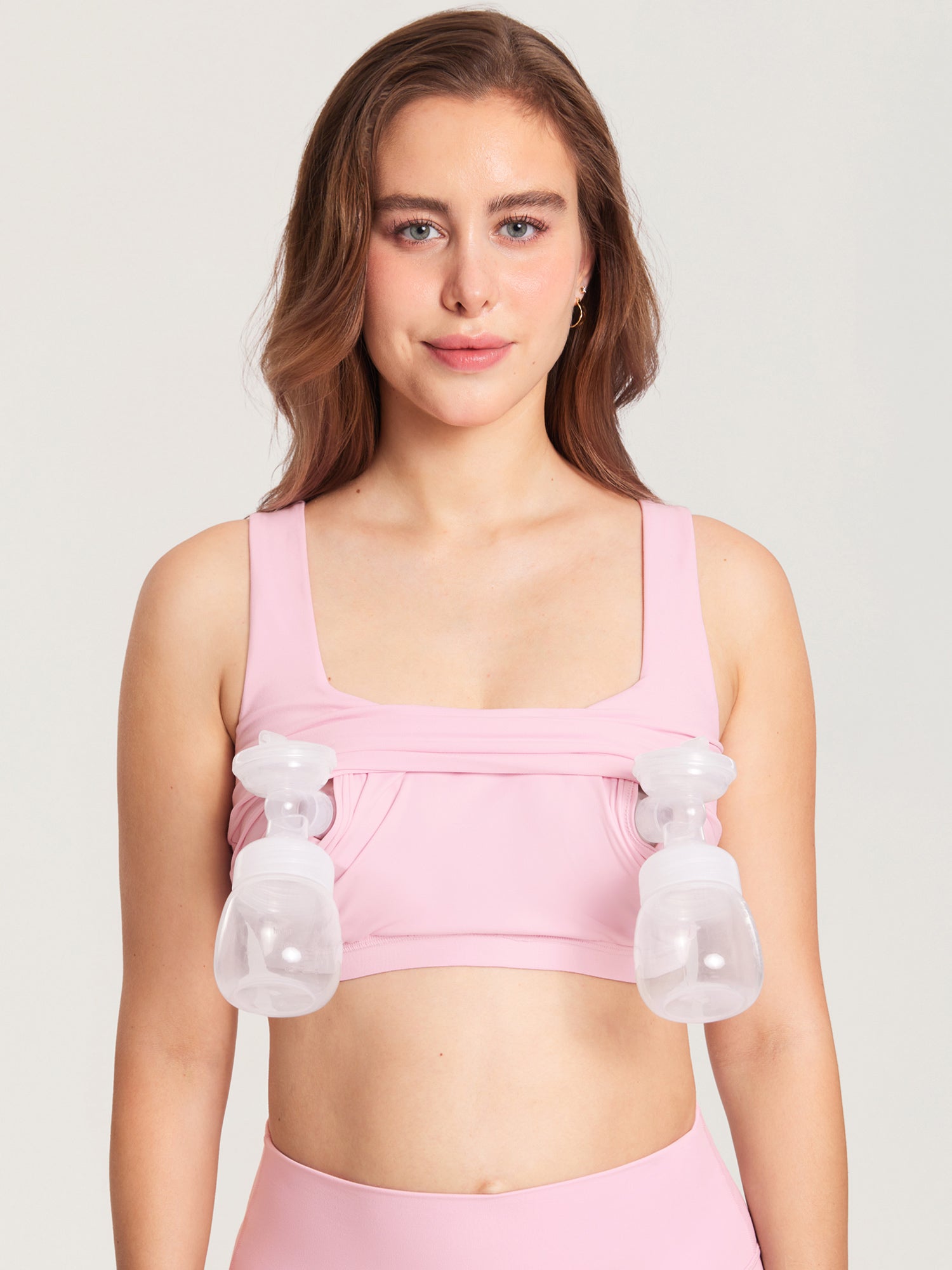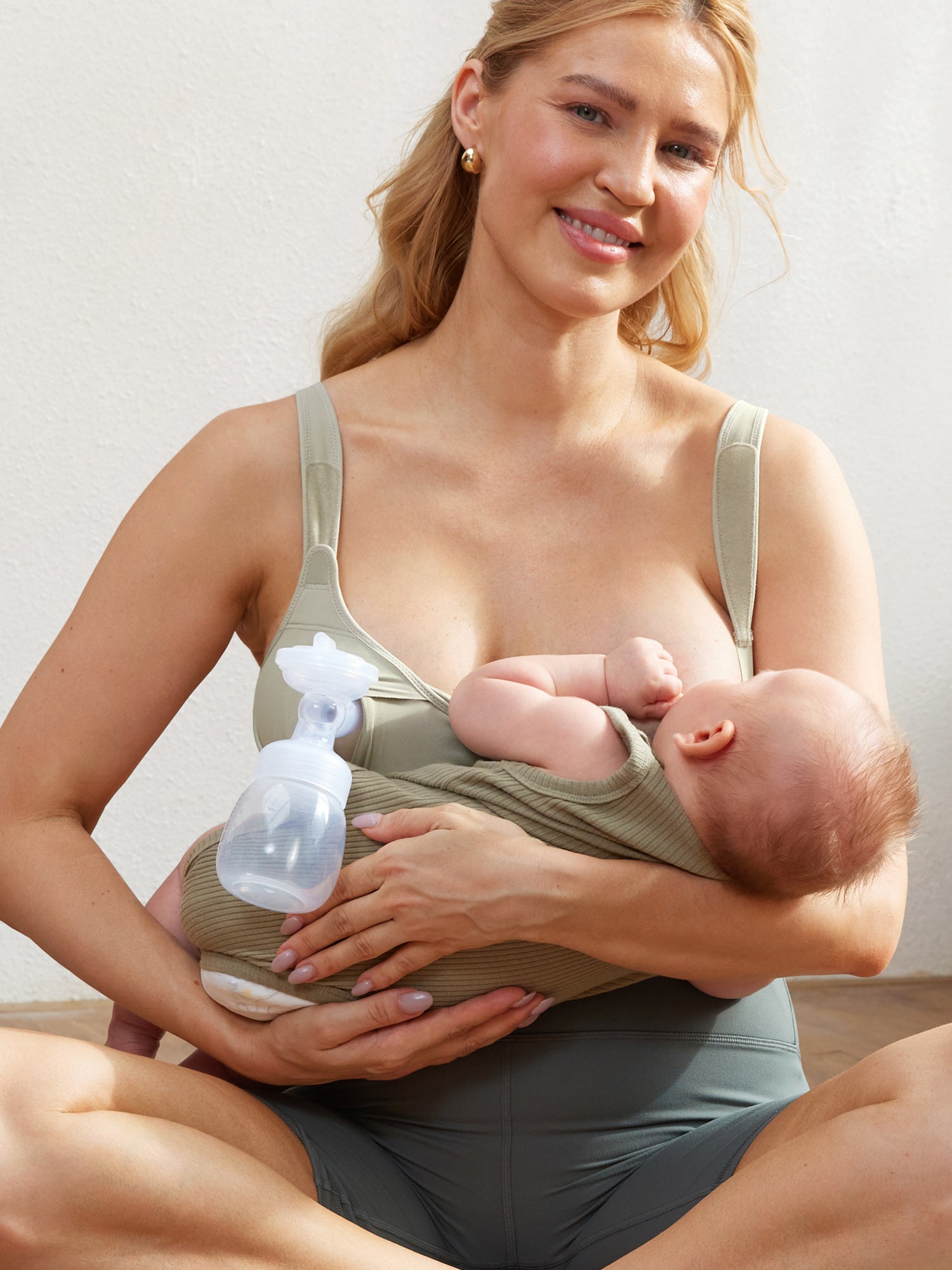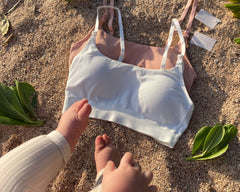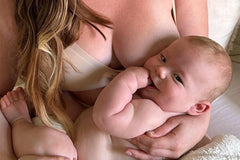Not only do nursing bras provide the essential support and comfort needed for breastfeeding, but they also endure constant use. A properly cleaned nursing bra ensures that it lasts longer, stays fresh, and remains functional. Below, we will explore the best methods for cleaning nursing bras along with essential tips for maintaining the integrity of your bras.
Why Proper Cleaning Matters for Nursing Bras
Nursing bras, unlike regular bras, require more delicate care. These garments are in direct contact with sensitive skin, often in the midst of hormonal changes and constant physical demands. Milk stains, sweat, and natural oils can accumulate quickly, leading to unpleasant odors and fabric degradation if not cleaned properly. Regular washing also prevents bacteria buildup and ensures the fabric maintains its elasticity, fit, and comfort.
How to Clean Nursing Bras
1. Hand Wash for Gentle Care
The most recommended method to clean a nursing bra is hand washing. This minimizes stress on the delicate fabric, preventing stretching or damage to the elastic bands and lace details. Fill a basin with lukewarm water, and add a gentle detergent formulated for delicate fabrics. Avoid harsh chemicals or fabric softeners, as these can break down the fibers over time.
To clean, submerge the nursing bra and gently agitate it in the water. Pay special attention to the areas around the cup and straps where milk or sweat might have accumulated. Avoid wringing or twisting the fabric, as this can distort the shape. Simply squeeze the water through the fabric, ensuring the detergent reaches all areas.
2. Use a Mesh Laundry Bag for Machine Washing
While hand washing is the safest option, it’s not always the most convenient. If you need to use a washing machine, it’s essential to protect your nursing bra from damage. Place each nursing bra in a mesh laundry bag before tossing it in the machine. This helps to shield the fabric from the abrasive action of the washing drum. Choose the delicate cycle and use cold water to prevent the elastic from breaking down prematurely.
Make sure to fasten the hooks of the bra to avoid snagging on other garments, and always use a mild detergent suitable for delicate items. Hot water can damage the delicate fibers of the bra, so always opt for cool or lukewarm water.
3. Avoid Bleach and Harsh Chemicals
Bleach and other harsh chemicals may seem effective for removing stains, but they can damage the sensitive fibers of your nursing bra. Opt instead for natural stain removers like white vinegar or baking soda, which are safe for fabrics while effectively eliminating odors and stains. Be sure to rinse thoroughly after using any stain-fighting products to prevent buildup on the fabric.
4. Drying Your Nursing Bra
Proper drying techniques are crucial to preserving the life of your nursing bra. Avoid using a dryer since the heat can break down the elastic material, causing it to lose its shape and support. Instead, lay your nursing bra flat to air dry. Place it on a clean, dry towel and reshape the cups to their natural form. Allow it to dry away from direct sunlight, as UV rays can degrade the fabric over time.
5. Don’t Overwash Your Nursing Bra
While it may seem tempting to wash your nursing bras after every use, doing so can cause unnecessary wear and tear. Instead, only wash them after several uses—or when they become visibly dirty or begin to smell. Spot cleaning between washes is a great way to maintain freshness. Use a soft cloth with a little detergent to gently clean areas of concern.
Tips to Extend the Life of Your Nursing Bra
Rotate Between Multiple Nursing Bras
To avoid putting too much wear on one bra, always have several nursing bras in rotation. This gives the elastic time to regain its shape and prevents overuse of any one bra. Having at least three to five bras in rotation is ideal for maintaining the integrity and comfort of your undergarments.
Store Your Nursing Bra Properly
After washing, storing your nursing bra correctly is just as important as cleaning it. Avoid cramming them into a drawer or leaving them in a heap. Instead, lay them flat or hang them on a padded hanger to maintain their shape. If your bra has adjustable straps, make sure they are fastened to prevent them from tangling.
Replace Nursing Bras When Needed
Even with the best care, nursing bras will eventually lose their elasticity and support. If you notice your bra has stretched out, the straps are sagging, or the fabric feels worn, it’s time to replace it. Wearing a worn-out nursing bra can result in discomfort and improper support during breastfeeding, which can affect both you and your baby’s experience.
Common Mistakes to Avoid When Cleaning Nursing Bras
1. Overuse of Detergent
Using too much detergent can leave a residue on your nursing bras, making them stiff and uncomfortable. Always follow the manufacturer’s recommendations for the amount of detergent, and if in doubt, use less than you think you need.
2. Using Fabric Softener
Fabric softener is designed to coat fibers with a thin layer of chemicals that make them feel softer, but it can interfere with the elasticity of your nursing bras. This may result in the material losing its stretch and support more quickly.
3. Ignoring Bra Care Labels
Always pay attention to the care instructions on the label of your nursing bra. These labels are carefully designed by the manufacturer to ensure your bra stays in the best condition possible. Following these directions will help you preserve the fabric and support structure of your bra for longer.
Conclusion
Properly cleaning and maintaining your nursing bras is essential for both hygiene and durability. By following these detailed steps—whether you choose to hand wash, use a mesh bag for machine washing, or rely on air drying—you’ll help extend the life of your bras and ensure that they continue to provide the support and comfort you need during your breastfeeding journey. Regular rotation, careful storage, and mindful washing will keep your nursing bras in optimal condition, helping you feel confident and comfortable as you care for your little one.
FAQs
Can I machine wash my nursing bras?
Yes, but it's important to use a delicate cycle and place your nursing bras in a mesh laundry bag to avoid damage. Always opt for cold water and a mild detergent.
How often should I wash my nursing bras?
You don’t need to wash your nursing bras after every use. It’s best to wash them every few uses or when they become visibly dirty. Spot cleaning can help between washes.
Can I dry my nursing bras in the dryer?
No, the heat from the dryer can cause the elastic to lose its shape. Always air dry your nursing bras by laying them flat on a clean towel.

